A guide to identifying and correcting the most common mistakes in your strength training.
In strength training, both beginners and more advanced individuals make mistakes that, while they may seem insignificant, end up affecting their progress. In this article, we will explore the most common mistakes made when training the major muscle groups. Learning to identify and correct them is key to achieving your goals more efficiently.
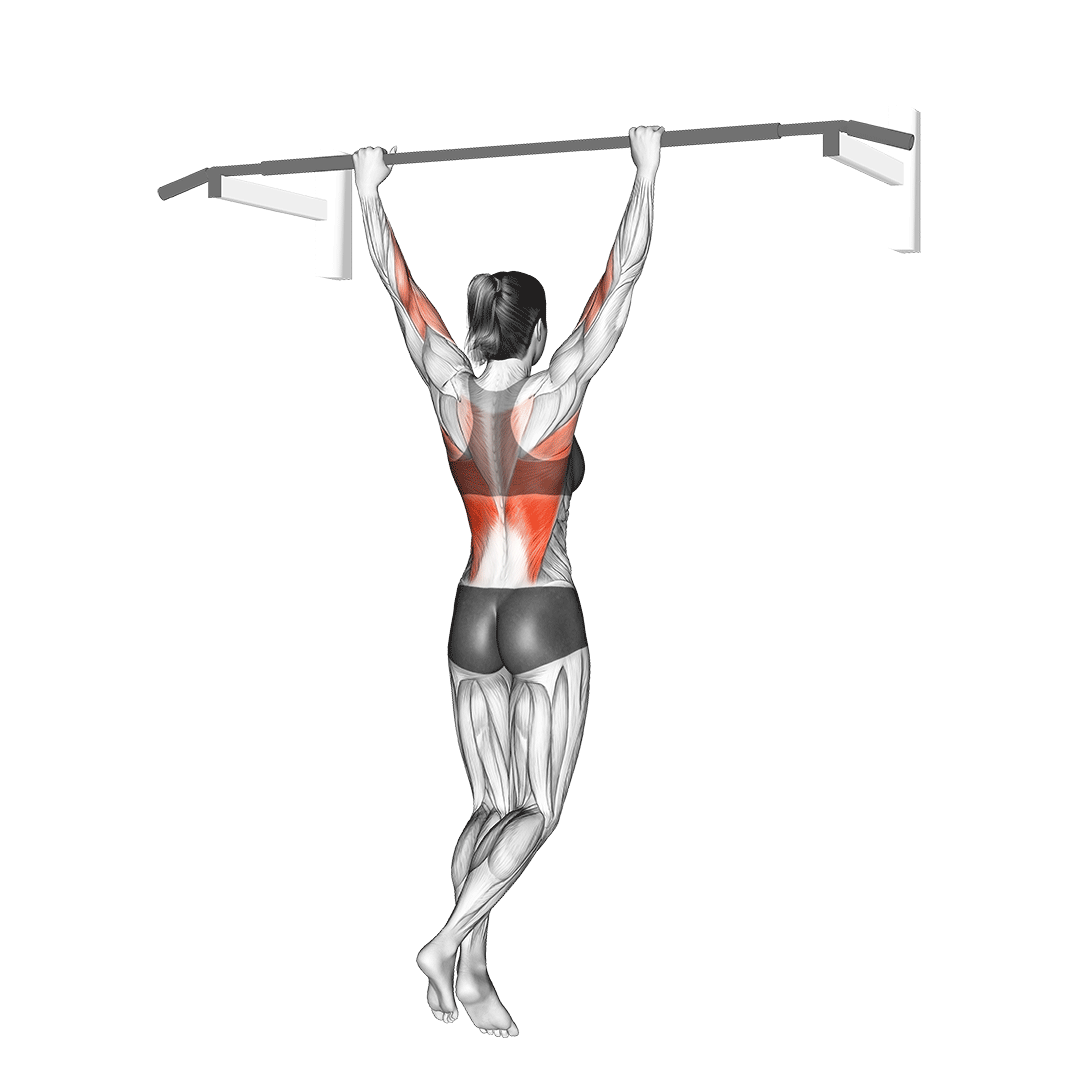
Back training
One of the most common mistakes is not fully stretching the back during exercises. Stopping before fully extending the arms limits the recruitment of all muscle fibers. To avoid this, it’s essential to stretch as much as possible.
When training your back, remember to pull with your elbow, not your hand. Imagine you don’t have forearms and that your elbows are doing all the work. This enhances the mind-muscle connection and reduces strain on the forearms, concentrating the effort on your back muscles.
Another useful technique is using a thumbless or “false” grip, placing your thumb alongside the other fingers instead of wrapping it underneath. This way, you’re reducing the workload on the biceps and focusing more on your back.
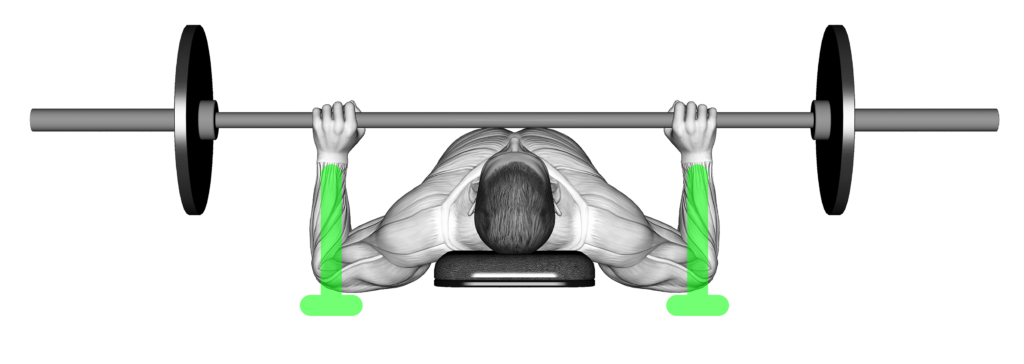
Chest training
In press exercises, it’s common for the shoulders and triceps to take over some of the workload. To prevent this, it’s important to keep the scapula retracted. This allows the chest to take on more load and activate better.
Another mistake is locking the elbows during these exercises, as this transfers tension to the triceps. The solution is to stop the movement a few centimeters before fully locking the elbows, keeping the tension on the chest.
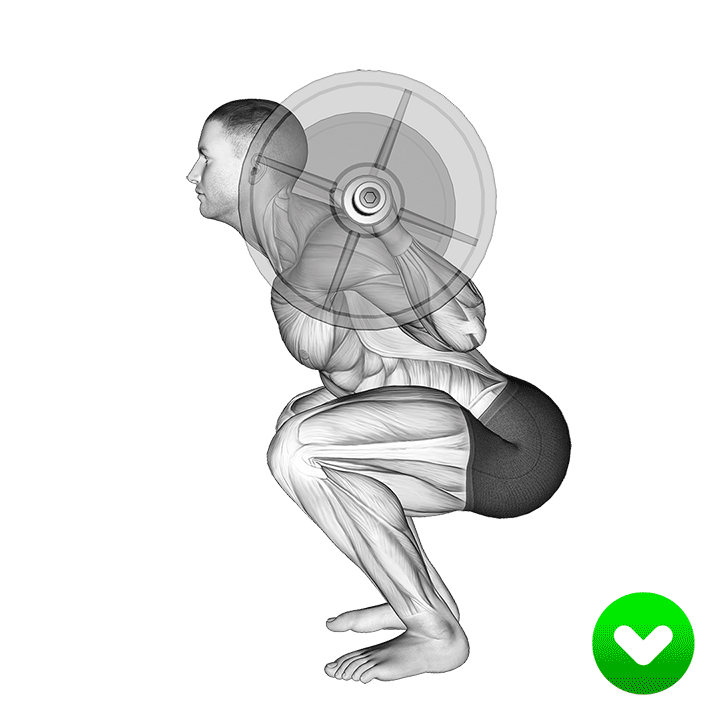
Leg training
Legs require considerable effort, and one of the most frequent mistakes is using excessive weights. Lifting heavy means nothing if you can’t contract the muscles effectively. Focusing on technique and muscle tension is much more effective than just thinking about the weight.
Squats are excellent for building lower body muscle mass, thanks to their numerous variations, such as Bulgarian squats, front squats, or pistol squats. Additionally, unilateral exercises, like single-leg presses or split squats, help improve stability and muscle activation.
Lastly, consider working with high repetition ranges, 20 or more, and never skip leg day. You know it’s challenging, but the effort is worth it.
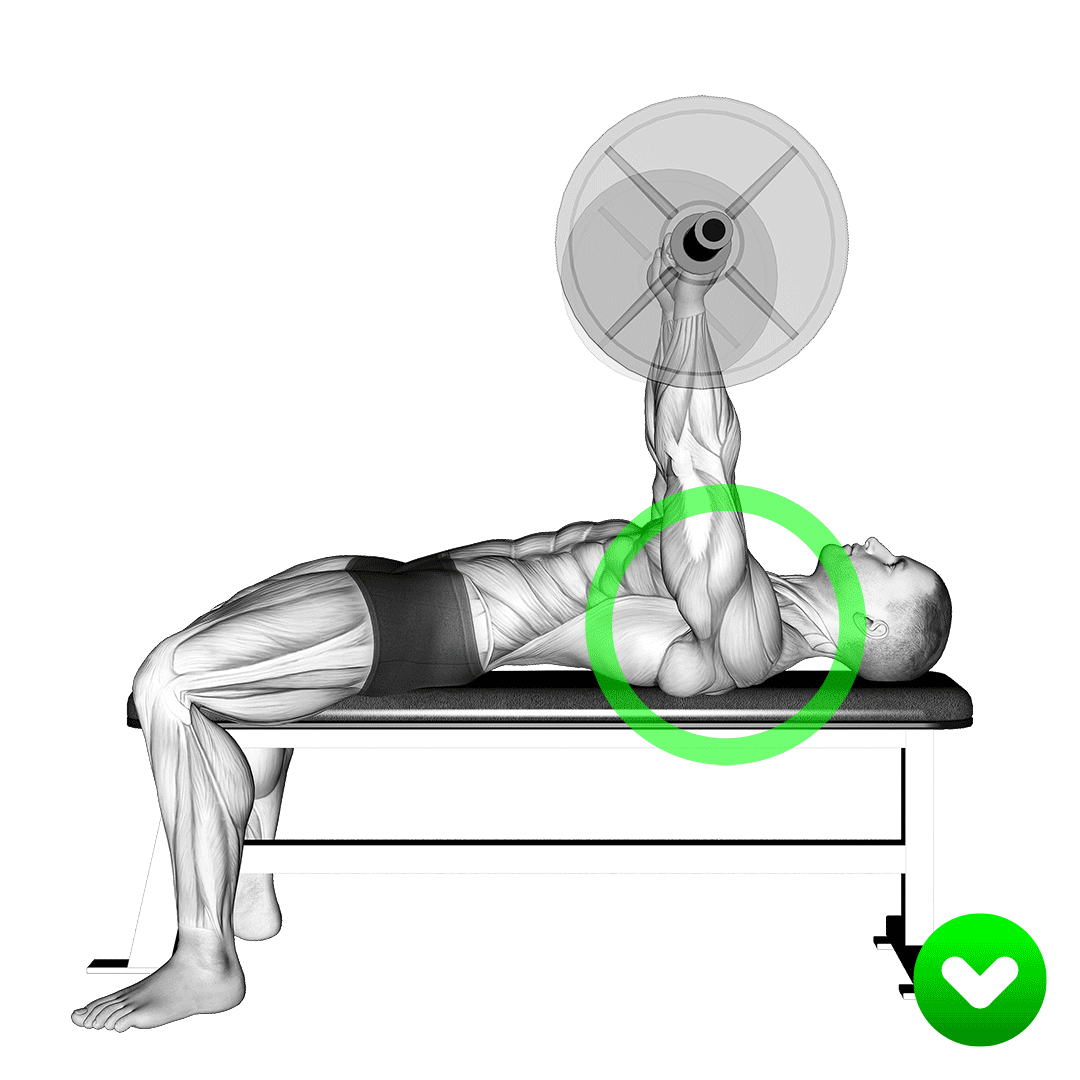
Shoulder training
Shoulders are involved in many upper body exercises, which can lead to overloading them. For example, doing shoulder presses after an incline press can increase the risk of fatiguing the anterior deltoid. To balance this, perform exercises that work different parts of the shoulder, such as lateral or rear raises.
Using cables is also recommended, as they maintain continuous tension throughout the movement, allowing you to work the full range and recruit more muscle fibers.
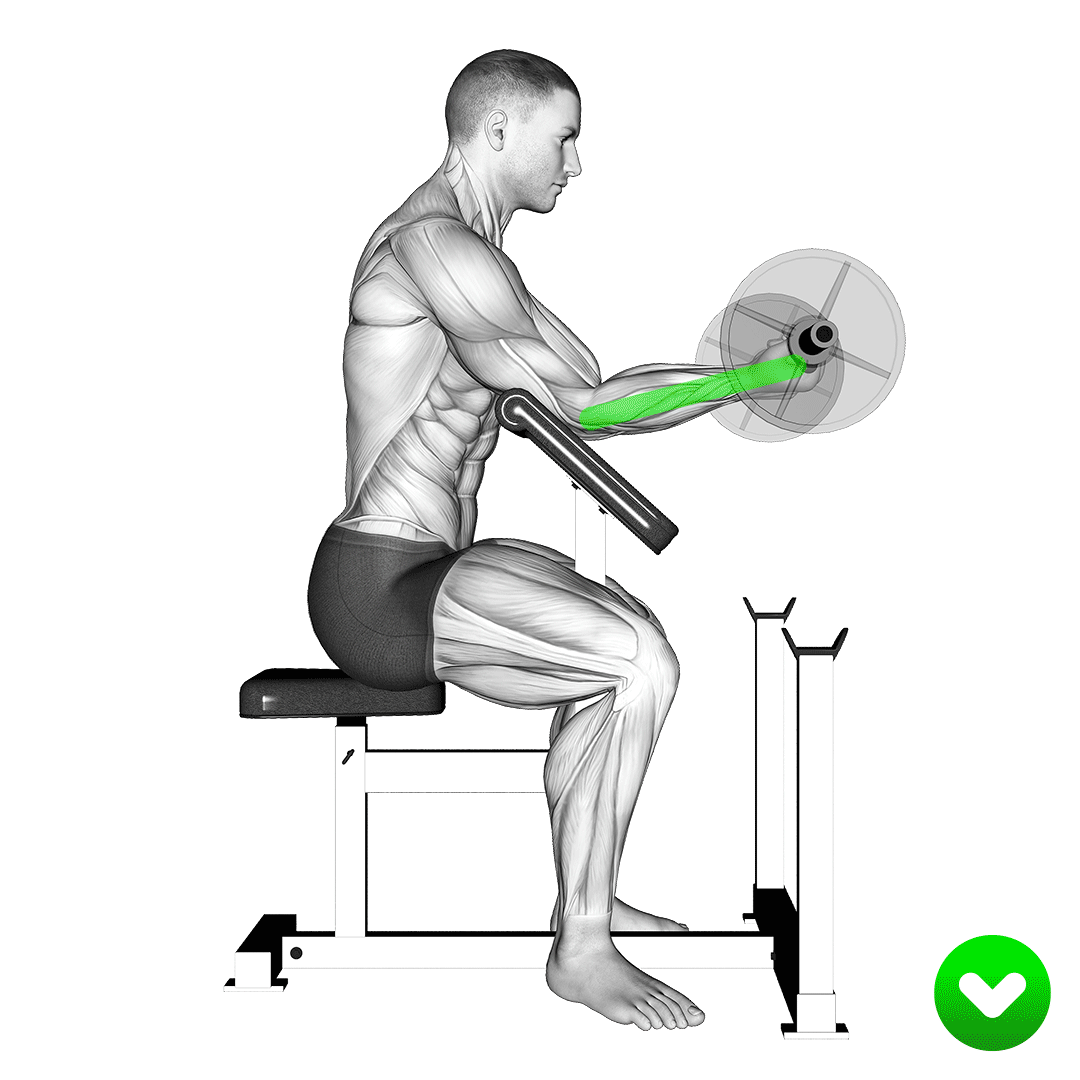
Arm training
One of the most common issues when training arms is the difficulty in feeling the work in the biceps and triceps. To avoid this, try to keep the humerus as still as possible during exercises, which promotes greater muscle fiber recruitment.
Additionally, it’s important not to pause at the beginning or end of the movement. These interruptions reduce the load on the biceps or triceps. Keep the pace steady and fluid.
Another recommendation is to maintain a consistent grip throughout the exercise. Starting with a neutral grip activates the brachialis more, while rotating the grip shifts the focus to the long head of the biceps.
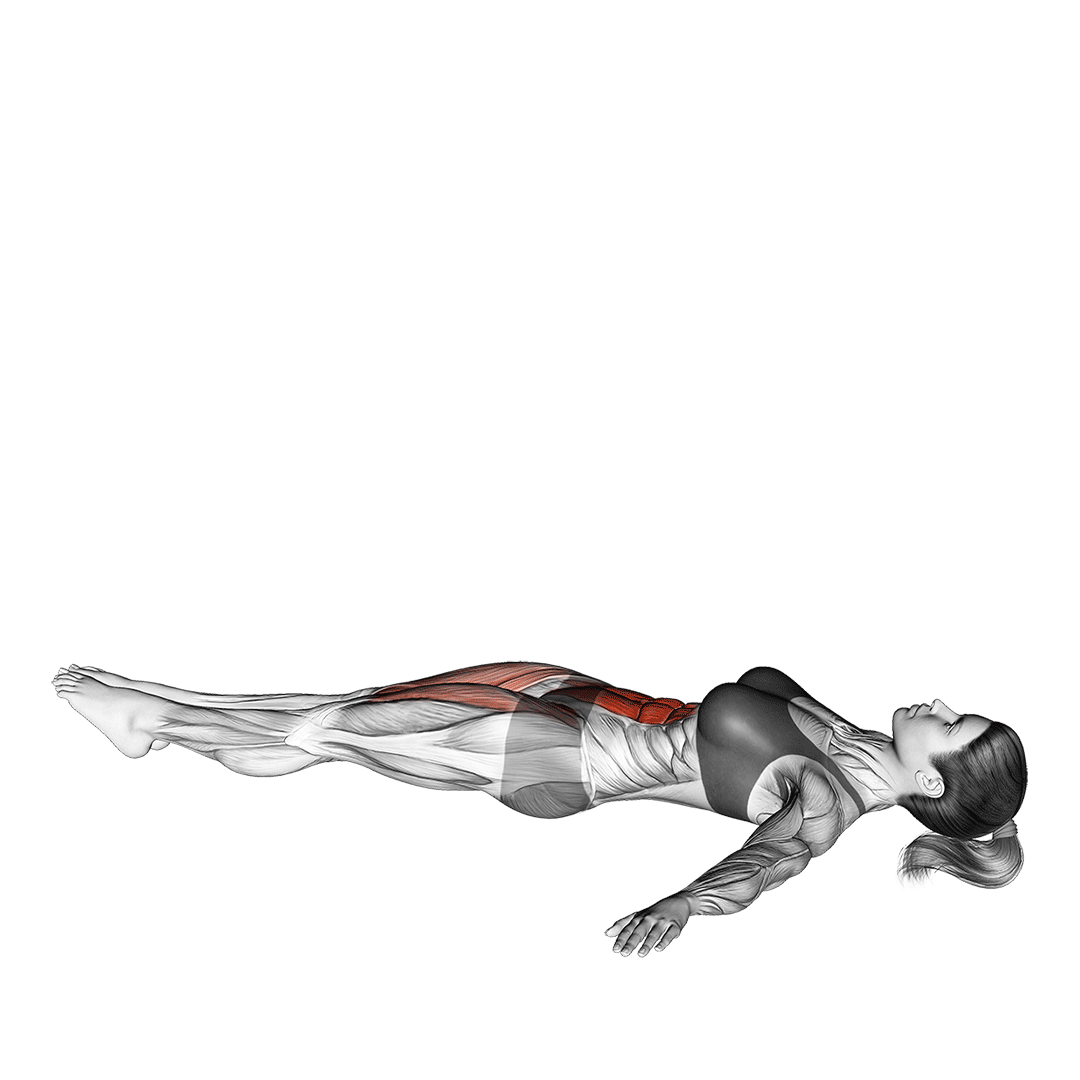
Ab and core training
Doing many crunch repetitions won’t help you lose belly fat. If you’re training your abs correctly, you shouldn’t be able to do more than 20 or 25 reps. Using momentum or other muscles is a common mistake.
The range of motion in exercises like sit-ups should be limited since beyond 30 degrees, the iliopsoas muscle takes over. In exercises like leg raises, shortening the range of motion can also be beneficial for increased abdominal activation.
Controlling your breathing is key. Inhale as you stretch your abs and exhale completely as you contract them. This detail will intensify your core workout.
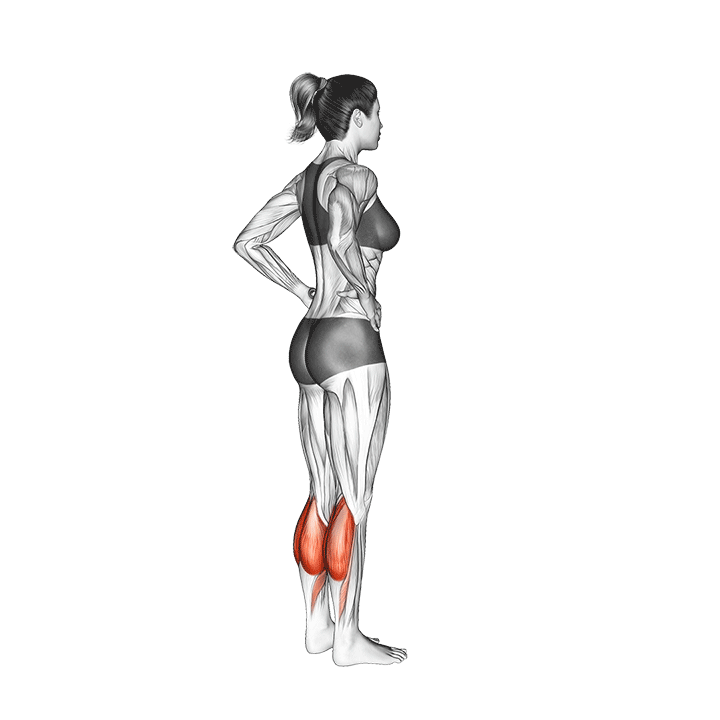
Calf training
It’s essential to perform a full range of motion during heel raises. Lifting heavy doesn’t matter if you’re not working the calves correctly. As you rise, concentrate the weight on your toes, and when lowering, fully stretch the calves.
Top 10 common training mistakes
- Not fully stretching muscles in back exercises.
- Pulling with hands instead of elbows in back exercises.
- Not retracting scapula during chest exercises.
- Locking elbows during chest exercises.
- Using too much weight in leg exercises, sacrificing technique.
- Overloading the shoulders without enough rest between exercises.
- Not keeping the humerus still when training arms.
- Pausing during bicep or tricep movements.
- Doing too many crunches without focusing on proper muscle activation.
- Not using a full range of motion during calf raises.
